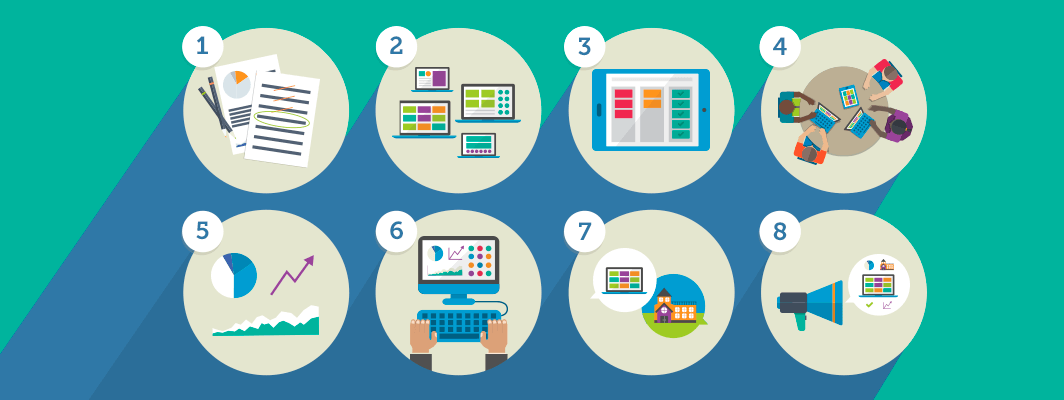
November 16, 2016 | By Digital Promise
But, lacking this type of resource, districts must evaluate product quality and effectiveness on their own, and often do so through product pilots — a process that can be overwhelming for busy leaders.
Further, even among districts that manage to run structured ed-tech pilots, there is no formal way to share “what works” with their peers. As a result, their best practices for conducting pilots have not spread, and the majority of schools continue to struggle with selecting and testing products. According to Todd Keruskin, Assistant Superintendent at Elizabeth Forward School District, “We’re in an age now where tech is moving so rapidly and we don’t want to just do something to do it. We want to be able to analyze results.”
To address this challenge, we reviewed findings from pilot studies of 15 products in 14 League of Innovative Schools districts across the country over the past three years. As we reviewed the data and talked with district leaders and product developers, we found several common themes and steps, which are outlined in our new Ed-Tech Pilot Framework. The framework provides an eight-step blueprint for district leaders to plan and lead effective pilots, along with actionable, research-based tools and resources, and helpful tips from these 14 districts.
We invite all district leaders and product developers to explore the Framework and share their experiences running pilots, and results for specific products. The more we publicly share this information, the easier it will become for districts to use evidence to make decisions, and in turn, improve educational outcomes.
Explore the Ed-Tech Pilot Framework, and share your pilot experiences!
By Lauren McMahon and Heather Dowd